StarVR corporation launched the latest version of its StarVR Virtual Reality HMD at SIGGRAPH 2018. The goal for StarVR one is to offer “a new world of realism” for commercial and enterprise users and it certainly boasts some impressive specs.
Given the goal and specification, we don’t expect to see the StarVR One at local retailers. Emmanuel Marquez, CTO of StarVR has been quoted as saying “With our StarVR One headset we are conquering the VR final frontier – the enterprise.”
What experiences is StarVR One best suited to?
The device is well suited to architectural and product visualisation industries, as well as demanding training scenarios such as flight and driving simulations, where it can offer a uniquely realistic field of view.
Technical prowess
StarVR One utilises advanced optics, VR-tailored AMOLED displays delivering 16 million sub-pixel goodness at 90 frames per second per eye. But the pièce de résistance is its massive 210º horizontal and 130º vertical field of view. In layman’s terms, just shy of natural human vision.
The StarVR One features the new SteamVR 2.0 tracking solution which covers a larger 10m x 10m area, up from 3.5m x 3.5m. This also allows for more base stations to accommodate unusual spaces – think interconnected play areas within a theme park.
Eye tracking
Due to its larger field of view, the hardware rendering demands are high. It deals with this by rendering more detail where the user looks and less detail in the peripheral vision. A highly-advanced technique, “foveated rendering” is extremely effective, as you can see if you click the image below.

StarVR worked closely with eye-tracking specialist Tobii to implement its eye-tracking solution. As an added bonus, the solution results in automatic Interpupillary Distance (IPD) adjustment. So there is no need to manually adjust each eye. This also avoids having various sized devices to suit specific users – yes, we’re looking at you Magic Leap. The device watches your eyes and simply adjusts itself to suit.
When, where and how much?
Well, I’m afraid that is a secret for now – StarVR Corp remaining tight-lipped. We can confirm there will be two versions – the standard StarVR One and a second device, StarVR One XT. The latter having embedded optical markers as well as ready-to-go plugins for a variety of other tracking systems.
We will be watching StarVR One very closely, so stay tuned.

Mike heads our creative team with 20+ years of cross-media design agency experience. Mike also brings a wealth of developer experience – being our resident coder with a number of apps to his name.



Stay tuned, we have several clients eyeing up Star VR One so we may do a deeper dive once we get our hands on the hardware and can put it through its paces in the coming months.